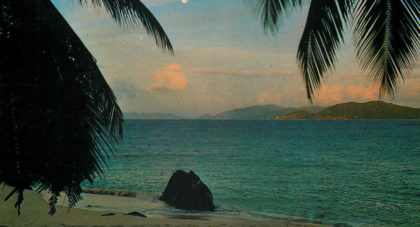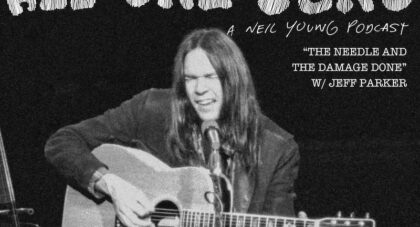Guitarist Ripley Johnson and keyboardist Sanae Yamada record together as Moon Duo. Since debuting in 2009, the two have assembled a discography of dizzying melodies, spiraling, fuzz-drenched guitar explorations, and hypnotic rhythms, sounding something like a hybrid of Suicide and Neu! The band's new album, Occult Architecture Vol. 1, arrives February 3rd via Sacred Bones. Inspired by hermetic literature and the writing of Mary Anne Atwood, Aleister Crowley, Nathaniel Hawthorne, and others, it's the first half of a two-part sequence, embodying the concept of "darkness," while its companion will explore brighter tonalities.
AD recently spoke with Yamada and Ripley, seeking some explanation of the band's concept and attraction to magick. Below, our conversation, edited and condensed for clarity.
Aquarium Drunkard: I really like Occult Architecture Vol. 1. What led you to divide this record into two halves? It might be a little reductionist to say one half represents a dark side and one a light side, but was that sort of the idea?
Ripley Johnson: Yeah. We had a lot of material, so it just sort of made sense to organize it that way. When we were making the record, the seasons were changing. We started in the winter and then we went into the summer. It was just sort of a natural way to organize the material. We didn't want to do a double album, so it's two separate albums, but they're linked together. We wanted to create separation, because a double album is just a whole different beast. We didn't want the record to be this giant release that people had to really commit to digesting. We wanted each half to stand on its own.
Only the good shit. Aquarium Drunkard is powered by its patrons. Keep the servers humming and help us continue doing it by pledging your support.
To continue reading, become a member or log in.


